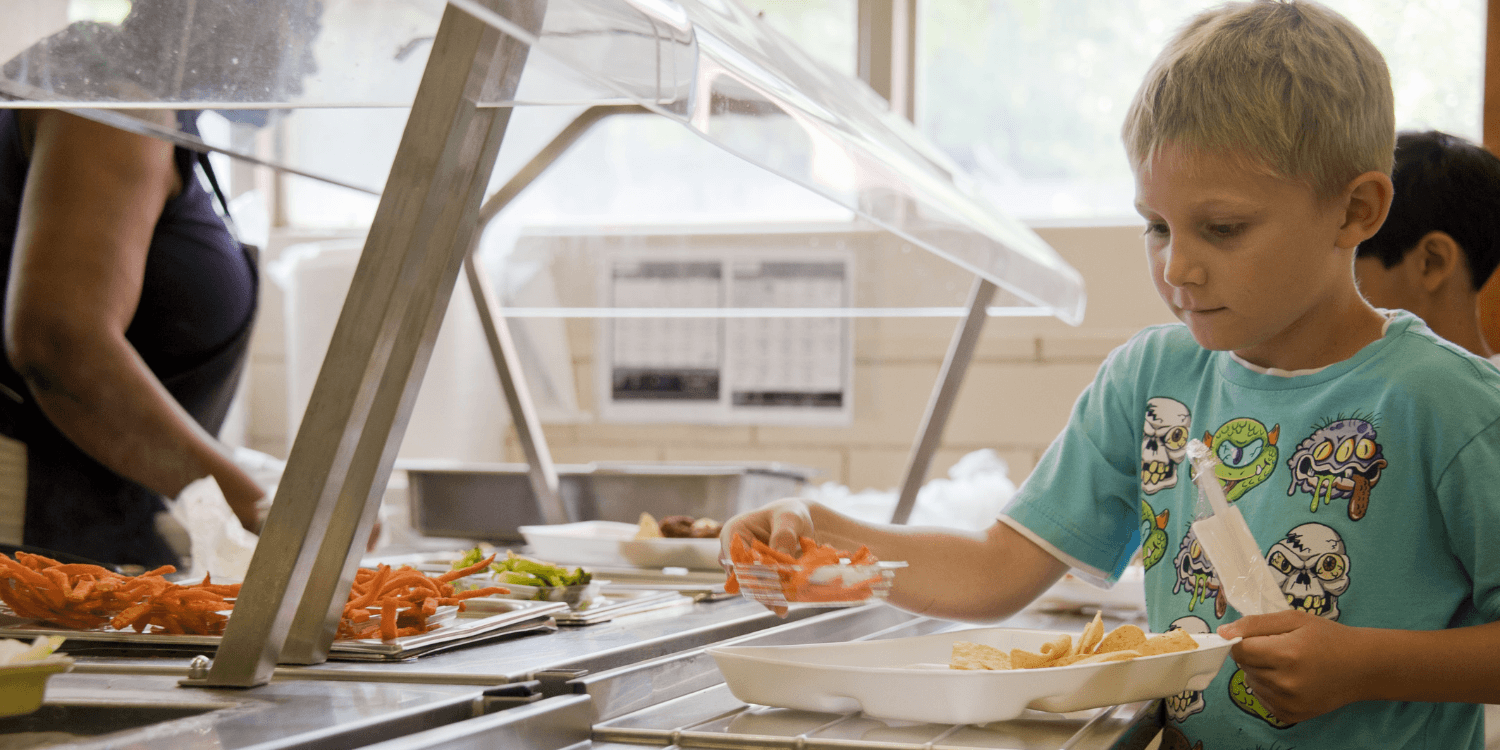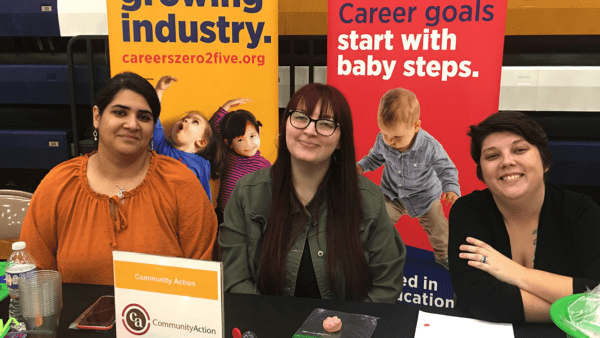Nonprofit organization Propeller: A Force for Social Innovation recently published its executive summary after a 10-year coordinated research and intervention initiative to improve healthy food access and consumption for kids in New Orleans public schools. The Healthy School Food Collaborative (HSFC), in partnership with Propeller and supported by the W.K. Kellogg Foundation and others, increased healthy food access and nutritional quality of meals. Through its research, HSFC uncovered some critical factors in school policies and practices to help transform students’ healthy food consumption at school. Emmy Kegler met with Andrea Chen, chief executive officer of Propeller, to talk about nutrition in New Orleans schools, the Healthy School Food Collaborative research findings, and implications for schools around the country.

Emmy Kegler: Tell me about your interest in healthy eating for kids and families.
Andrea Chen: After Hurricane Katrina, everything was chaos. I was hearing multiple stories of kids’ lunches being served frozen, hamburger patties hadn’t even been thawed, just really bad food. Many schools were having operational and quality issues with school food, which was all under one service contract.
School contracts are often bundled together with many other services. The provider for school food might also be doing janitorial services, facility maintenance, administrative work. If you’re going to change out your contractor for school food, you may have to change all those other things, too. Many schools were very interested in having healthier food standards, culturally relevant foods, quality food. We saw this as an opportunity, and an administrative challenge: how do schools choose their own food services?
Most schools at the time didn’t have the bandwidth to handle the administrative burden. We found one school interested in doing it and also open to taking on other schools. They created a contract that required school food vendors to have higher quality food standards: No high fructose corn syrup. Only muscle meats. No hormones in the milk. Lots of fruits and veggies.
Every school got to choose their own different vendor. After a couple of years, schools started feeling more comfortable with the administrative component of running their own school food program.
Emmy Kegler: What in particular were you excited to contribute to the Healthy School Food Collaborative as a team member from Propeller?
Andrea Chen: First of all, it was solving a problem: getting healthy food and good tasting food to kids through better administrative systems. I love being able to look at an issue and find a clear path to resolving it. We kept hearing the same message: “No one has the capacity for this.” It turns out with a little bit of support from the outside, schools are very capable of doing it on their own. If we can show people how it can be done, people will do it on their own. We have the resources; we can solve this problem.
Emmy Kegler: Was there anything in the early or the final stages of the Healthy School Food Collaborative research that surprised you?
Andrea Chen: Well, it surprised me, but it also didn’t surprise me. What we found when we first started doing the research 10 years ago is that students weren’t eating the number of USDA recommended calories. There were lots of reasons why: the food didn’t taste good, the kids just didn’t like it, they would instead go get snacks and junk food – what’s called competitive foods. We had a research evaluator called Louisiana Public Health Institute (LPHI), and we ran the largest plate waste study of its size in the entire country. We had a very good view of the nutrient quality and quantity of the food. We knew the calories served to students were quite healthy, and they met or exceeded the U.S. state standards. However, students weren’t eating all of it. And if they’re not eating, that defeats the purpose.
We tried to figure out what could increase consumption of food. One variable that came up in LPHI’s research analysis was the timing of recess. I would say that’s probably the biggest insight – and it’s common sense if you think about it, and this was definitely true for myself as a kid. As an elementary school student, when recess is after lunch, you do not want to miss any of your recess. So, as soon as the bell rings, you’re running out to the playground. It doesn’t matter if you didn’t finish your lunch, everything goes to the trash can or gets stuffed back into your lunch bag. Most kids, I think, value recess over lunchtime. And when kids go to recess first, they work up an appetite. When kids have lunch after recess, they’re hungry, and they’re going to eat more.
We ran studies with schools focused on changing the timing of recess. We did multiple evaluations, and we did find out calorie consumption was significantly higher by not changing anything but the timing of recess.
Emmy Kegler: What was the other thing that surprised you about the research?
Andrea Chen: The second thing is silent and punitive lunch. A student being punished, or even a whole classroom or lunchroom, has to eat lunch in silence. A lot of people didn’t know that silent and punitive lunch was still happening. We did find it quite a bit in the New Orleans schools. And we found decreased consumption when kids were having silent or punitive lunches. When we asked them about it, the kids said: “You’re being punished,” “you can’t talk to your friends,” “you don’t feel good.” Of course that doesn’t make for a time when kids are happy to eat.
Emmy Kegler: As a country, we’re coming face to face with how important it is to provide healthy options, but also teach kids how to choose them when they’re faced with competitive food. Was there anything in the research to help schools avoid the presence of competitive foods? Or how we help kids make healthy choices?
Emmy Kegler: As a country, we’re coming face to face with how important it is to provide healthy options, but also teach kids how to choose them when they’re faced with competitive food. Was there anything in the research to help schools avoid the presence of competitive foods? Or how we help kids make healthy choices?
Andrea Chen: One of the interventions we introduced was a whole school nutrition education program. It focused especially on introducing kids to new vegetables that they might have never liked or ones they weren’t used to. Like edamame: edamame is very healthy. The school would introduce edamame through fun little cartoon activities first. Then, when it was first introduced in the school menu, the kids went: “Oh! Cool! This is something we know.” In some schools, they did nutrition cooking showcases. That kind of stuff made it really fun.
Nutrition education is a really great thing, but it takes time and money in a way that other solutions, like changing the timing of recess, might be easier to achieve. Implementing a whole nutrition education program is more resource intensive for schools. It is something we recommend, but we know that school budgets are tight, so we are encouraging schools to start first with lower-cost interventions such as the timing of lunch and eliminating punitive practices.








Comments